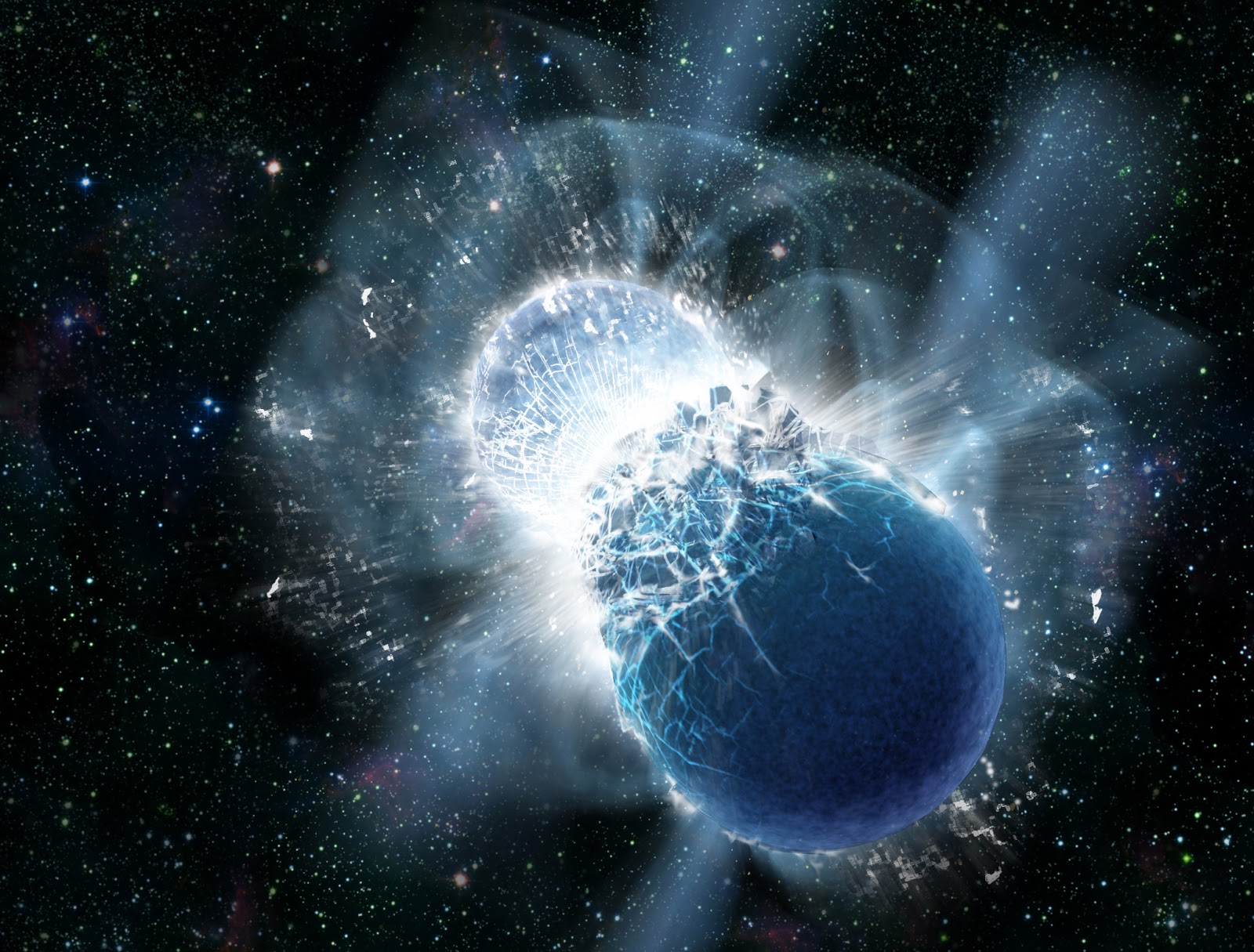Compact star

In Astronomy a compact star (sometimes compact object, classification that can also include planets, asteroids, and kites to be together with them the only celestial bodies that can exist at low temperatures) refers collectively to White dwarfs (and their already dull versions, black dwarfs), neutron stars, black holes, Q-stars, Quark stars, and preones stars (these last three hypotheticals). With the exception of black holes, they can be called degenerate stars
Unlike a typical star, they do not counteract gravity by the pressure generated by nuclear fusion reactions inside, and such objects are therefore the result of the depletion of the nuclear fuel of the stars, which explains that are often known as stellar remnants. Without any source of energy that fights against the gravitational collapse, these dead stars are compressed to the maximum of what allows their mass. They remain stable subject to quantum-based nuclear forces. At such high densities, the matter is in a state called degenerate. In extreme cases (black holes) The object is unable to sustain itself, thus forming a spatio singularity. Depending on the initial mass of the star and how much mass it has lost or gained throughout its life, the end of the nuclear reactions brings with it the appearance of a type or another of compact object. When a star of less than 9-10 solar masses depletes its nuclear fuel and explodes a white dwarf is formed (which do not reach a mass greater than 1.33 solar masses), if the star has more than 9-10 solar masses, a neutron star will form (which GE Neralmente contains between 1.33 and 2-3 solar masses). However, if the star that depletes its nuclear fuel contains a mass of more than 30-70 solar masses, a black hole will form (which can have 3 solar masses up to even 30 or more). Hypothetically there could also be the stars of quarks (which would have an intermediate density between neutron stars and stellar black holes), although it is an idea that although it has not been verified at present, it has not been able to be Discarded.
These stars make up the final point of stellar evolution. A star shines and therefore loses its energy. The loss by the surface is compensated by the production of energy by means of the nuclear fusion inside the star. When the star has lost its capacity to produce energy for such reactions, the pressure of the gas inside the hot interior cannot withstand the weight of the star, and it collapses to a denser state: A compact star, initially at a very high temperature Elevated--except the black holes--because of that collapse.

Life
Although compact stars can produce radiation, and therefore lose temperature and energy, these stars do not depend on their temperature to maintain their pressure. In the case of an open universe, except for some external disturbance, the Big Rip (to be produced), or the disintegration of the barium, this type of stars can be considered virtually to exist forever, although the black holes will end up Evaporate due to the radiation emission of hawking. Eventually, in the very distant future, All Stars will ultimately evolve into dark compact stars.
Congratulations! This post has been upvoted from the communal account, @minnowsupport, by jonjro from the Minnow Support Project. It's a witness project run by aggroed, ausbitbank, teamsteem, theprophet0, someguy123, neoxian, followbtcnews, and netuoso. The goal is to help Steemit grow by supporting Minnows. Please find us at the Peace, Abundance, and Liberty Network (PALnet) Discord Channel. It's a completely public and open space to all members of the Steemit community who voluntarily choose to be there.
If you would like to delegate to the Minnow Support Project you can do so by clicking on the following links: 50SP, 100SP, 250SP, 500SP, 1000SP, 5000SP.
Be sure to leave at least 50SP undelegated on your account.